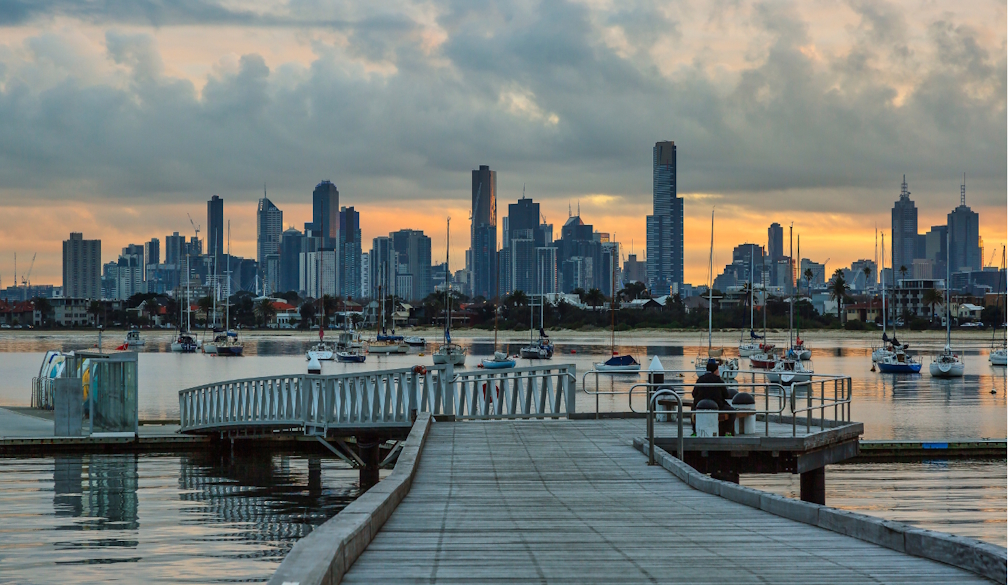Car Importers in Australia: Directing the Process of Bringing Vehicles Down Under
- Written by The Times

Car buffs generally import cars from Australia. They want inimitable models, luxury automobiles and more inexpensive options. Such options exist overseas. Though the process of importing seems daunting, there are various regulations and requirements. Grasping an understanding of each step is important. Cracking the car and cost with the simplification of the steps involved is also important. Having a comprehensive understanding of car imports in Australia is indispensable. There are different permits and compliances and the final registration process that need to be implicit.
Car importers in Australia: Nitty-Gritty
Many vehicles are not available in the market in Australia and need to be imported. There could be classic cars, luxury vehicles and specific models and the manufacturers that are not locally located. Car importers Australia are playing an important role in importing cars. They have access to unique models to help in cost saving. Purchasing and importing a car overseas can be more cost effective than buying a similar model locally. There are high end vehicles and models with lower demand in the market. Some individuals prefer professional preferences. These car importers are familiar with their home country and have specific preferences and then cannot be met locally. Do understand the steps that are involved in importing the vehicle, there is a Determine eligibility factor. The ruling government has stringent regulations to ensure that imported cars need safety. They are also fulfilling environmental standards and vehicles that are imported under the scheme.
This is a personal import scheme. This is for those individuals who have a car and used it for a whole year. The other is a specialist and enthusiastic vehicle scheme for unique and rare car vehicles. There is a registered automotive workshop scheme and this scheme works for the models approved for import. These importers also obtain an import improvement. You need to get this approved by the Department of Infrastructure, Transport and Regional Development and Communications. This is a critical document. The vehicle cannot be imported without it and it also cannot be reimported or destroyed. There are shipping logistics that are involved and that can be covered by the car importers. Choosing the right shipping method is also needed. There are options to roll in and roll out container shipping.
This is typically cheaper. But then there is arranging freight and insurance also. This avoids all kinds of damage to the car. There are customs clearances and duties involving paying taxes and other compliance modifications. Any inspection or payment of duty taxes or modifications. Though this process is very complex and this can only be done by a person who has a very good understanding.
Car importers: Cost breakdown
Car Importers Australia is also offering you a cost breakdown. Since this is a long process and there are many factors involved in the cost. First there is the initial purchase of the car and the price of it, then there is the shipping cost. Talking about the custom duty taxes, that is 5% of the vehicle value. The 10% of the total cost of the vehicle is covered by GST. This involves the purchase price, shipping and insurance. There are certain vehicles above the threshold that are luxury cars. Luxury car tax LTC applies to this. If any modifications are needed, compliance costs, inspection fees and registration fees are also involved. Later on, all the shipping cost is involved in the additional cost of the storage fees, broker fees and fried fees. Since you can see that there are so many factors and steps that are basic yet very complicated in this process. Henceforth, getting your hands on your best luxury car, it is always important to get in contact with them. Importers and importers who are locally aware and. Very well versed with hands-on experience for every step.






















